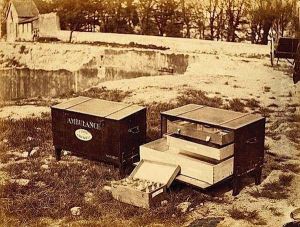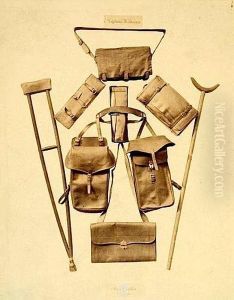Alfred Briquet Paintings
Alfred Briquet, born in 1833 in Paris, France, was a pioneering photographer known for his extensive work in Mexico. Although he was French by birth, Briquet's most significant contributions to the field of photography were made during his time in Mexico, where he moved in the second half of the 19th century. His full name, Jean-Baptiste Louis Gros, often goes under-recognized, as he is commonly referred to by his nickname, Alfred Briquet.
Briquet began his career in photography in the 1850s in France, but it wasn't until his relocation to Mexico in the 1860s that his work gained considerable acclaim. His relocation was timely, coinciding with a period of substantial change and modernization in Mexico. He became one of the first photographers to extensively document the country's landscapes, architecture, and people. His images were not just artistic expressions but also served as a form of documentation of the diverse and changing face of Mexico during the latter part of the 19th century.
Throughout his career, Briquet was known for his technical skill and his ability to capture the grandeur of Mexico's natural and built environments. He often worked on commission for the Mexican government and various businesses, which led him to travel widely across the country. His photographs include a wide range of subjects from urban scenes in Mexico City to the construction of the Mexican Railway. One of his most notable projects was the documentation of the construction of the Ferrocarril Mexicano (Mexican Railway), which was a significant undertaking at the time.
Briquet's work is particularly valuable because it provides a historical record of Mexico during a period of significant transformation. His photographs are some of the earliest examples of the medium in Mexico and are crucial to understanding the country's history and culture. They are also an early example of industrial photography, as he frequently documented technological progress and infrastructure.
Alfred Briquet's contributions to photography extended beyond his images. He was an innovator in photographic techniques and helped to establish photography as a credible and important means of documentation and artistic expression. His legacy is preserved in various collections, both in Mexico and internationally, and his work continues to be celebrated for its historical significance and artistic merit.
Briquet passed away in 1926, leaving behind a rich portfolio that continues to be studied and admired. His life's work stands as a testament to the power of photography to capture and preserve moments in time, and his efforts significantly shaped the visual history of Mexico.

